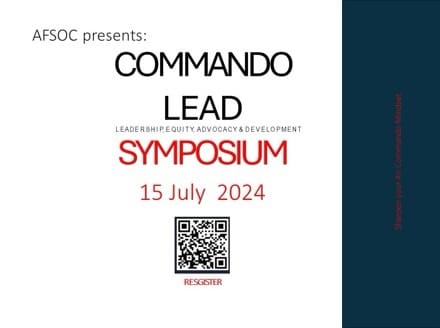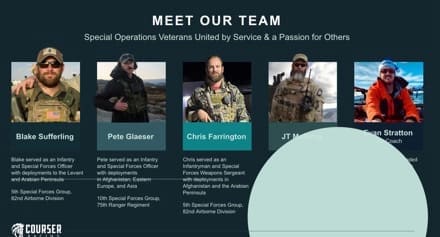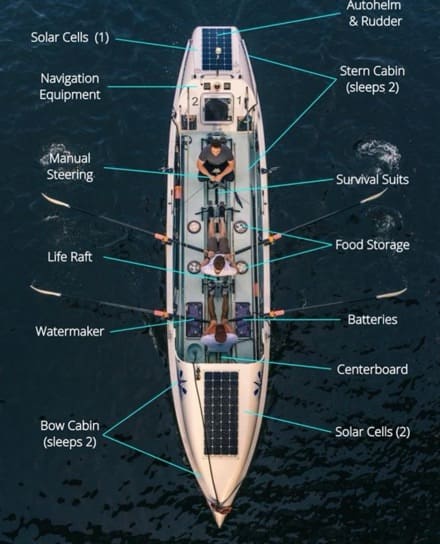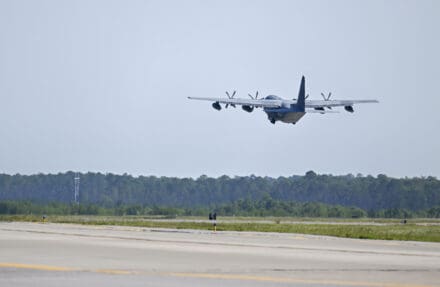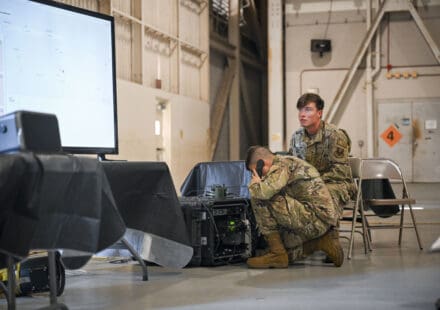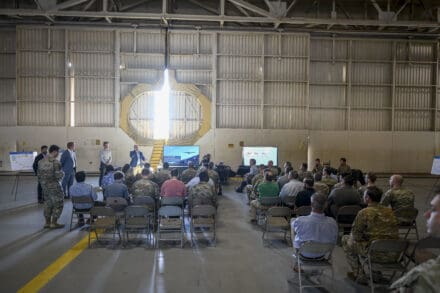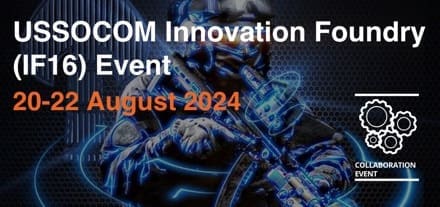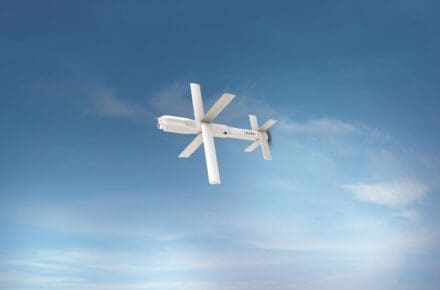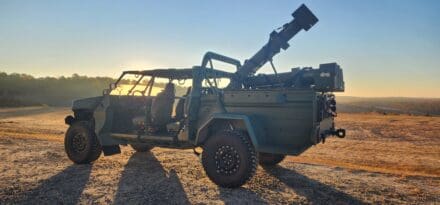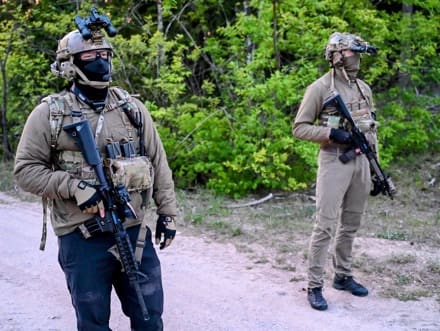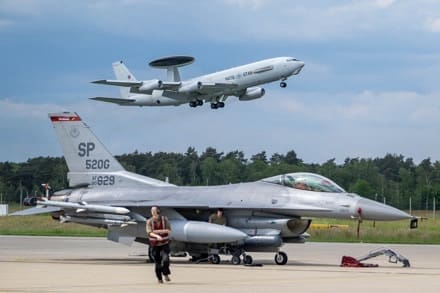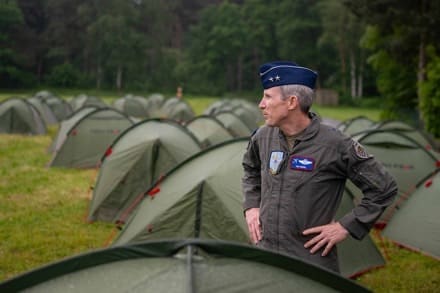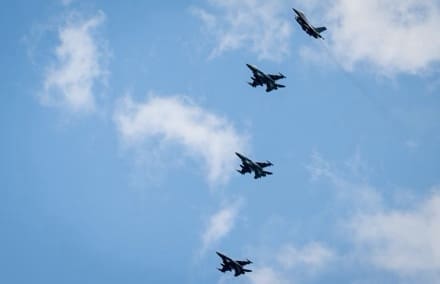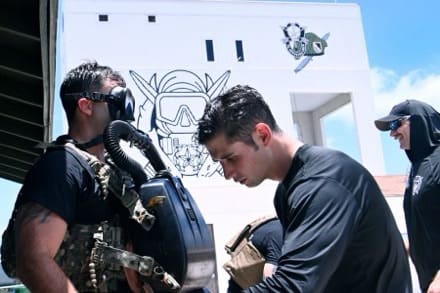
KEY WEST, Fla. – “To build the best skilled maritime operators for such dangerous missions, the training these Soldiers undergo is inherently dangerous,” said Chief Warrant Officer 3 Jim Dougherty, Special Forces Underwater Operations (SFUWO) chief warrant officer. “Until now, no memorial existed to honor the memory of the brave Soldiers who took their last breath.”
Dougherty’s opening remarks echoed across the Special Forces Underwater Operations compound during a memorial unveiling ceremony honoring the legacy of eight fallen combat divers since 1964 before kicking off the 2024 USASOC Best Combat Diver Competition at Naval Air Station Key West, Florida, June 10-12.
This year marks the 60th anniversary since the inception of Special Forces Underwater Operations. Under the U.S. Army John F. Kennedy Special Warfare Center and School footprint, this is the second year the Special Forces Underwater Operations school hosts the competition at Fleming Key, Key West’s northern point.
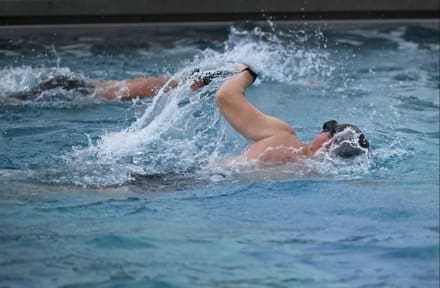
“The purpose of the United States Army Special Operations Command Best Combat Diver Competition is to foster camaraderie amongst the joint special operators who combat dive,” said Maj. Alexander Pombar, commander of the Special Forces Underwater Operations school. “The competition tests a number of key attributes of a combat diver.”
The competitors were challenged on academic rigor, physical toughness, mental agility, and adaptability while executing high-risk waterborne operations. The competition included rigorous tactical underwater events, boat movements, and airborne insertion related to real-world combat dive operations.
Twelve two-man teams from across U.S. Army Special Forces, U.S. Marine Forces Special Operations, and U.S. Air Force Special Operations competed in a ten event, multiple day, and night competition to demonstrate skill and capability through performance.
Day one events encompassed a combat dive physical fitness test, safety round robin, and equipment validations.
Day two officially kicked off the competition with a memorial unveiling ceremony straight into a helo-cast kayak race at the SGM Jerry D. Patton Water Drop Zone in Fleming Key. Competitors then performed a subsurface swim, cache race, and neuro-crossover subsurface activities in the pool.
Day three started with a target contour dive in Mole Harbor, where dive teams had to test their navigation skills to tag multiple targets. They went on to conduct an Over-the-Beach dive then shuttle race on Patio Beach and return to the ocean for exfiltration. The final event was a helo-cast, followed by a one kilometer surface swim, and a five kilometer run.
Following the conclusion of the competition, the winners were announced during an award ceremony.
This year’s winner of the USASOC Best Combat Diver Competition is the combat diver team from the 10th Special Forces Group.
The 1st Marine Raider Battalion took second place followed by the USASOC team in third.
CW2 Dante from 3rd Special Forces Group scored highest in the physical training event.
The Special Forces Underwater Operations School is the premier institution in generating the expert special operator in underwater and maritime operations. Combat dive operations reflects one of many advanced capabilities of the special operator in unconventional warfare, integrated deterrence, and irregular warfare.
For more information about the U.S. Army John F. Kennedy Special Warfare Center and School, visit www.swcs.mil.
The names of the fallen combat divers are the following:
• 2nd Lt. William Koscher, 7th Special Forces Group (Airborne), 15 Aug. 1969
• Spc. 4 John A. James, 3rd Special Forces Group (Airborne), 15 Aug. 1969
• Sgt 1st Class Kevin L. Devorak, 1st Special Forces Group (Airborne), 18 Oct. 1990
• Staff Sgt. Bruce L. Miller, 3rd Special Forces Group (Airborne), 14 Sept. 1991
• Sgt. Charles L. Glenn, 5th Special Forces Group (Airborne), 15 May 2007
• Staff Sgt. Mark M. Maierson, 7th Special Forces Group (Airborne), 13 March 2009
• Staff Sgt. David J. Whitcher, 7th Special Forces Group (Airborne), 2 Nov. 2016
• Staff Sgt. Micha E. Walker, 10th Special Forces Group (Airborne), 27 July 2021
By Steve Morningstar


